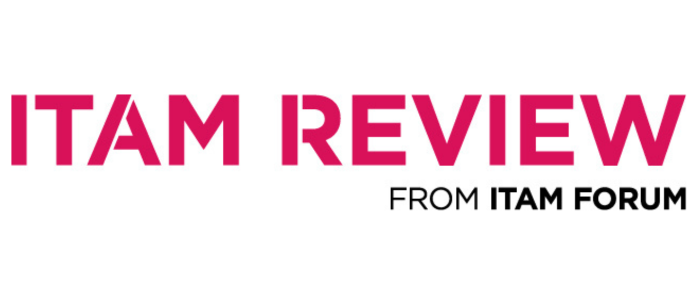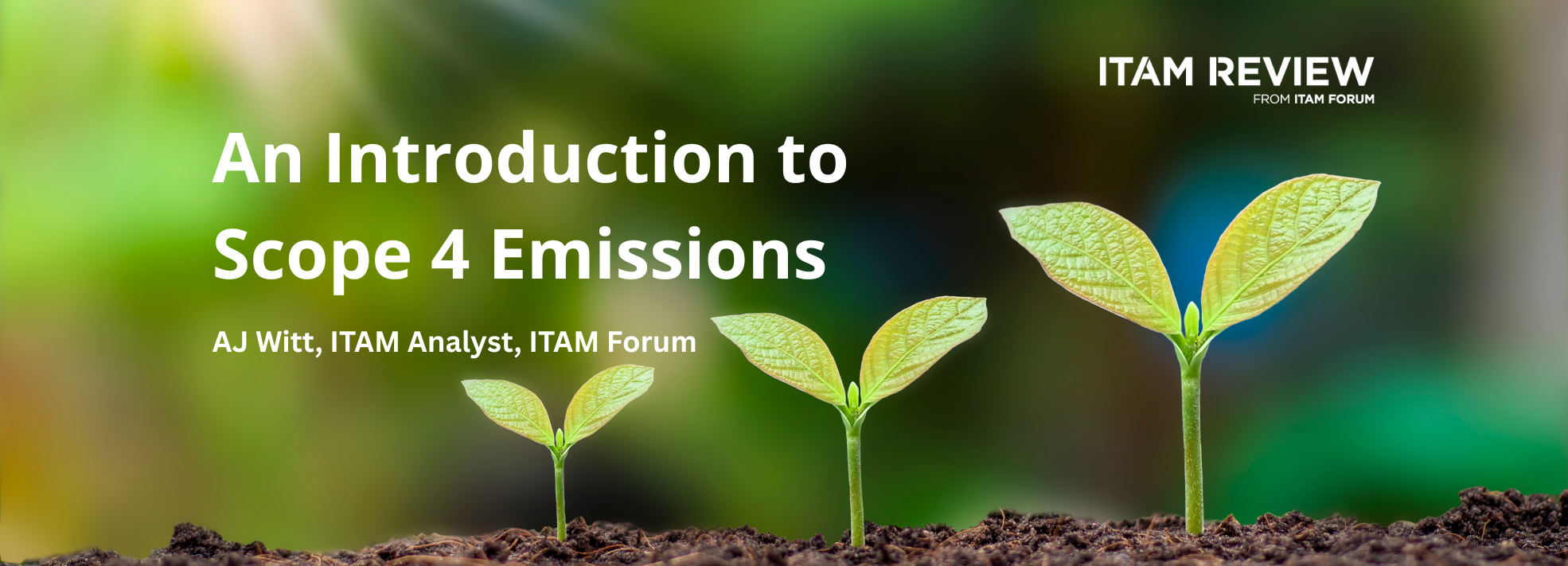Why ‘Quality of Service (QoS)’ is crucial in engineering software licensing
How can you use Quality of Service (QoS) data to improve engineering software licensing? In this guest article, Oren Gabay, co-founder, and CEO of OpenLM explains how engineering organizations can use better QoS data to optimize license allocations, improve the availability of floating licenses and eliminate workflow bottlenecks.
What is QoS (Quality of Service), and how does it work in engineering software licensing?
The term quality of service (QoS) is a parameter license managers (LMs) use to assess the overall performance of software or services from the end user’s perspective. In simple terms, QoS is the engineer’s ability to access the right software when needed so they don’t experience workflow interruptions. From the LM’s perspective, the same information is an indicator of license efficiency. But let’s take them one by one.
Why is measuring QoS important for engineering software licensing?
Have you booked a cab through an app? If you have, it’s likely you’ve been asked to rate your ride. If you’ve booked an apartment through Airbnb or Booking, you’ve probably been asked the same. We are very often asked to share our experience with a product or service we have used.
These surveys measure the satisfaction or dissatisfaction level of an “end-user” of that service or product. The same happens in IT, but the quality of service has a much broader scope in this case.
Just imagine a scenario in which hundreds of engineers are sitting in front of their workstations using the software. Also, let’s assume there are tons of open tabs in their browsers accessing Web services and social media. The flood of traffic takes the network down. How would you rank the quality of service in this case? A poor one.
A better QoS would mean that the network had been set up to prevent unnecessary leakage and that it was available and performing at optimal speed. It also means that the engineering team would be able to focus on the assignments they have.
How does QoS relate to licenses for end-user desktop apps?
QoS is a metric that doesn’t apply to all licensing models. For example, it isn’t relevant to named-user licenses, as those licenses are tied to a user or workstation.
Floating licenses are different, however. When the engineer runs an application, the Network License Manager (NLM) provides a license to the end-user as long as the pool allows it. Just as when handing out spoons to the children invited to your child’s birthday party when serving ice cream, if you run out of spoons, you’ll see unhappy faces (satisfaction level: 0).
Getting the right software when needed
It is very likely that the organization’s software assets include multiple versions of the same software all running on the same network, for cost and compatibility reasons.
A problem arises when user A from the audit team runs a piece of engineering software and pulls a license that allows access to the latest version with all the fancy features. He doesn’t need this license, because he just wants to check an Autocad drawing.
At the same time, user B, a senior engineer, obtains a license for an older version of the same app. He won’t be able to finish that task as quickly as he originally estimated.
The actual availability of a license
This is where QoS comes into play. Sometimes the engineer is unable to pull a license. He gets what in engineering jargon is called a “denial,” bringing the overall service level down.
So, if an engineer asks for a license 100 times and is granted one every time, we can say that the QoS level is 100%. If his requests are denied 10 times, QoS will drop to 90%. However, it’s important to note that QoS is measured at the organization level per application, and not per user.
What affects QoS?
As you can see, denials affect overall QoS. Denial measurement is pretty complex in engineering licensing because some denials aren’t real. Let’s take a look at some real-life scenarios.
False-negative denial
Some organizations have more than one license pool serving the same software. So, when an engineer launches an application and pulls a license, he might get a denial from one license server, whereas another server grants his request. This false-negative denial might affect overall QoS, but platforms such as OpenLM won’t report such denials as true.
True denial
The engineer tries to launch the SolidWorks application multiple times but is denied access each time. The system logs several denials, which then appear in the raw report data. To give SAM professionals a clear picture of what happened, OpenLM, for example, converts this raw data into a single true denial using smart algorithms.
License borrowing
What can an LM do when an engineer needs to test truck brakes in a controlled environment, and, let’s say, the track built for such purposes is in Sweden,
He changes the network license into a named one. This action is called license borrowing. However, more often than not, the engineer forgets to return the borrowed license to the pool and thus prevents others from using it.
License allocation
License allocation is when the IT manager reserves a license for a specific group or engineer. This allocation prevents others from checking it out and, as a result, will negatively affect QoS. The IT manager needs to consider whether that software will be used or not. Is it worth the “investment”? If a license is not in use, it just punches a hole in the organization’s budget, so a change in strategy is required.
How can an IT manager assess the efficiency of a license using the QoS parameter?
The QoS data that platforms such as OpenLM gather is a key parameter when an organization is looking to empower end-users with licenses to eliminate workflow bottlenecks. However, software costs money, and this is the other side of the coin an LM needs to consider. But how can one assess whether to renew a subscription or maintenance, or whether the organization needs to procure additional licenses?
The answer is pretty simple: QoS information. This license utilization insight is crucial because it helps professionals see the big picture of organization-wide optimal license availability, and license efficiency. The QoS chart answers crucial questions such as:
- How many licenses have been in use and, what’s the percentage of usage time?
- How many licenses have been in use at the same time, and what’s the percentage of their usage time?
For example, the organization owns a dozen SolidWorks licenses, but after checking QoS, the LM realizes they need only seven licenses to reach 96% quality of service. Why? Because the QoS chart clearly depicts the number of licenses the organization actually needs. Smart algorithms eliminate momentary usage peaks and provide professionals with clear, simple, and visual information on how licenses are consumed within the organization.
Continuing with the above example, QoS reveals that the organization is over-licensed. Eliminating the five redundant licenses from the pool won’t affect the overall satisfaction level of the end-users but will show in the IT budget. With effective engineering software licensing, more money is left in the bucket, so the IT manager can consider purchasing other applications that will further boost the productivity of the team.
Can’t find what you’re looking for?
More from ITAM News & Analysis
-
Broadcom vs Siemens AG - A Brewing Storm
The ongoing legal battle between VMware (under Broadcom ownership) and Siemens is yet another example of why ITAM goes far beyond license compliance and SAM. What might, at first glance, appear to be a licensing dispute, ... -
Shifting Left Together: Embedding ITAM into FinOps Culture
During one of the keynotes at the FinOps X conference in San Diego, JR Storment, Executive Director of the FinOps Foundation, interviewed a senior executive from Salesforce. They discussed the idea of combining the roles of ... -
Addressing the SaaS Data Gap in FinOps FOCUS 2.1
I recently reported on the FinOps Foundation’s inclusion of SaaS and Datacenter in its expanded Cloud+ scope. At that time, I highlighted concerns about getting the myriad SaaS companies to supply FOCUS-compliant billing data. A couple ...
Podcast
ITAM training
Similar Posts
-
The M&S Cyberattack: How IT Asset Management Can Make or Break Your Recovery
Marks & Spencer (M&S), the iconic UK retailer, recently became the latest high-profile victim of a devastating cyberattack. Fellow retailers The Co-Op and Harrods were also attacked. Recent reports suggest the rapid action at the Co-Op ... -
AI in ITAM: Insightful Signals from the Front Line
During our Wisdom Unplugged USA event in New York in March 2025, we engaged ITAM professionals with three targeted polling questions to uncover their current thinking on Artificial Intelligence—what concerns them, where they see opportunity, and ... -
How ISO/IEC 19770-1 Can Help Meet FFIEC Requirements
In the world of ITAM, the regulatory spotlight continues to intensify, especially for financial institutions facing increasing scrutiny from regulatory bodies due to the growing importance of IT in operational resilience, service delivery, and risk management. ... -
An Introduction to Scope 4 Emissions
Executive Summary For ITAM teams, sustainability is a core responsibility and opportunity. Managing hardware, software, and cloud resources now comes with the ability to track, reduce, and report carbon emissions. Understanding emission scopes—from direct operational emissions ...




